Description
Latin Name: Celtis occidentalis
Common Names: Hackberry, Sugarberry, False Elm, Nettle tree, Beaverwood
Hardiness Zones: 3-9
Mature Size: Typically grows 40-60 feet (12-18 meters) tall, occasionally taller, with a round crown and upright, spreading branches. The trunk diameter can reach 1-4 feet (0.3-1.3 meters) wide (Missouri Botanical Garden).
Soil and Climate Preferences: Native to North America, the Common Hackberry thrives in various soil types, from moist to dry, but prefers well-drained, rich, moist soils. It prefers full sun but can tolerate partial shade and is adaptable to urban environments (Missouri Botanical Garden).
Characteristics: Hackberry trees produce flowers in spring; male flowers are yellowish-green and grow in clusters, while female flowers grow individually and develop into round, dark purple berries with pits in the middle. These berries are a food source for wildlife and are edible for humans, excluding the seed (Missouri Botanical Garden). Berries mature in early fall, are dry, and typically measure about 1/4 inch (0.5 cm) in size. Bark starts off smooth and grayish-brown when young, becoming rougher and more ridged with a warty appearance as the tree matures (Virginia Tech). Leaves are ovate, usually 2-5 inches (5-13 cm) long, with a rough texture and glossy or matte appearance. Leaf bases are uneven, edges are toothed, and tips are pointed, turning yellow in fall (Missouri Botanical Garden).
Notes: Commonly used in landscaping and as a park tree, Hackberry is also favored for bonsai and in inexpensive furniture where light-colored wood is desired. It plays a role in erosion control along rivers and helps minimize flood risks.
Potential Issues: Hackberry trees are susceptible to hackberry nipple gall, which deforms leaves without harming the tree, and witches’ broom, clusters of dense, disfigured twigs that are primarily cosmetic issues. Other vulnerabilities include leaf spot, root rot, powdery mildew, scale insects, and lace bugs (Missouri Botanical Garden).
Wildlife Value: Small berries are a favored food source for songbirds such as bluebirds, cedar waxwings, and mockingbirds, as well as game birds like wild turkeys, quails, and doves. Various small animals including squirrels, beavers, possums, raccoons, skunks, gray foxes, wood rats, and ring-tailed cats (in Texas) also consume the berries.
Cold Stream Farm supplies Common Hackberry trees which are grown as bare root seedlings and transplants and sold both wholesale and retail with no minimum order.
For more information:
- Virginia Tech Dendrology: [link]
- Missouri Botanical Garden: [link]

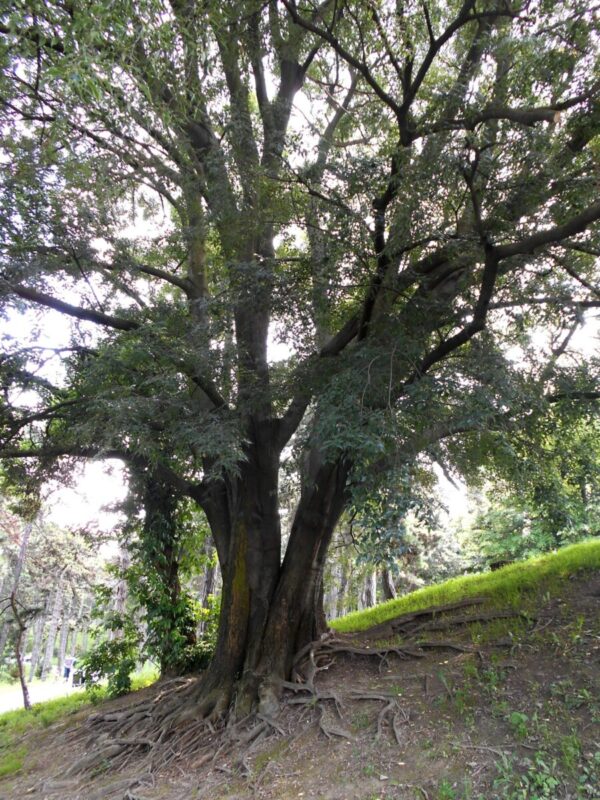
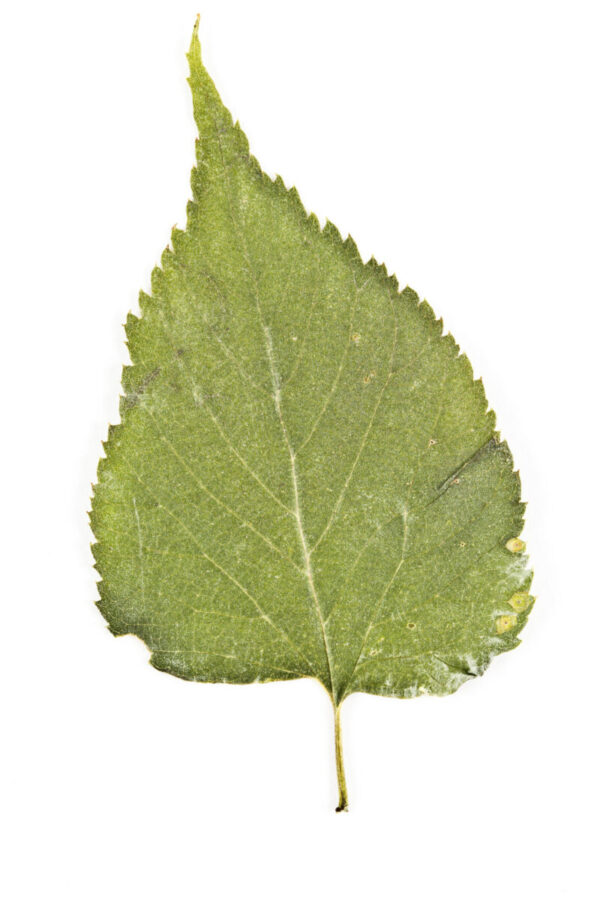
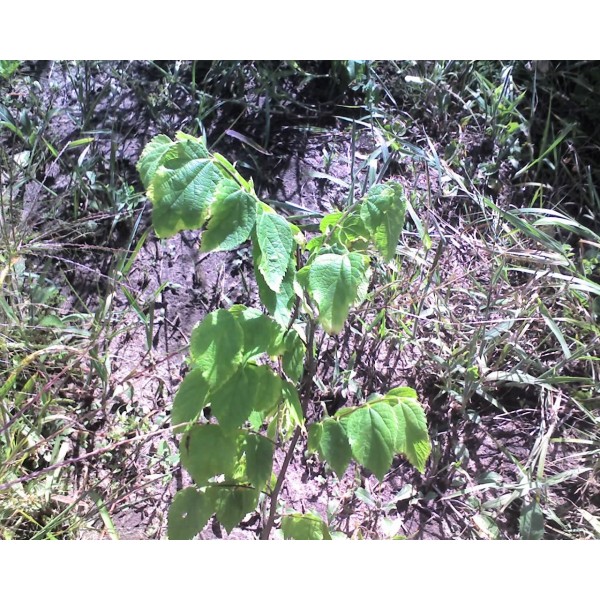
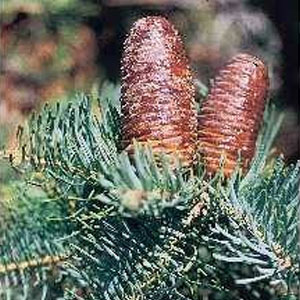
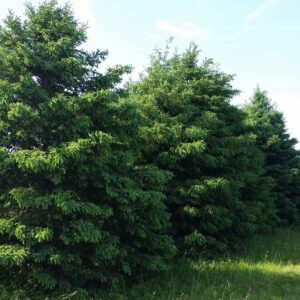
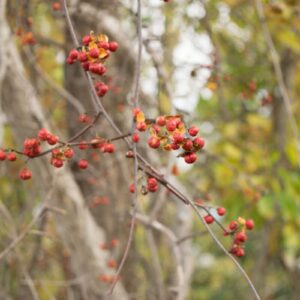
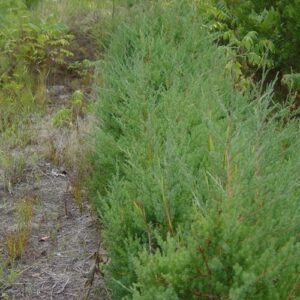
Reviews
There are no reviews yet.